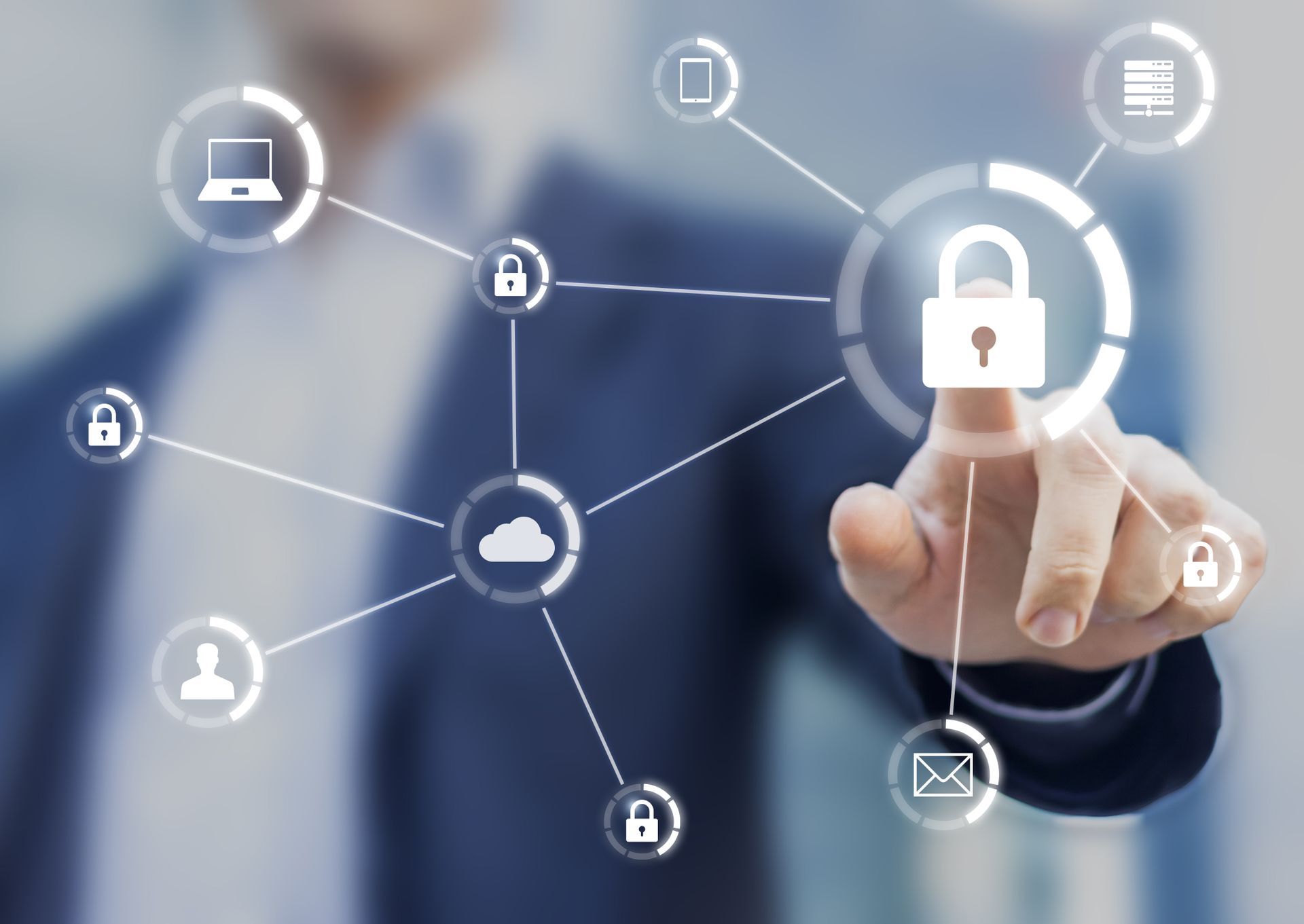
Digital Twin Technology: The Future of Industry
Digital Twin technology is a cutting-edge innovation that is changing the way industries operate. It provides a virtual replica of a physical product, system, or process, allowing manufacturers, operators, and other stakeholders to monitor and optimize performance in real time.
What is Digital Twin Technology?
A Digital Twin is a virtual replica of a physical object, system, or process. It's created using a combination of sensors, software, and data analysis tools that provide real-time insights into the performance and behavior of the physical twin.
Benefits of Digital Twin Technology
The use of Digital Twin technology offers numerous benefits to industries across the board. Some of the most notable benefits include:
- Improved efficiency: Digital Twins allow industries to monitor and optimize performance in real time, leading to improved efficiency and reduced waste.
- Enhanced product development: By creating virtual prototypes, Digital Twins can accelerate product development and reduce the time and cost required to bring new products to market.
- Predictive maintenance: Digital Twins enable industries to predict when maintenance is required, reducing downtime and improving equipment reliability.
- Improved safety: By providing real-time insights into the behavior of physical systems, Digital Twins can help industries identify and mitigate safety risks.
How Does Digital Twin Technology Work?
The core components of Digital Twin technology include sensors, software, and data analysis tools. The sensors are placed on the physical object, system, or process, and they collect data in real-time. This data is then transmitted to the software, where it's analyzed and used to create a virtual replica of the physical object.
The virtual replica is constantly updated as new data is received, allowing industries to monitor and optimize performance in real-time. This allows industries to make data-driven decisions that improve efficiency, safety, and performance.
Applications of Digital Twin Technology
Digital Twin technology has a wide range of applications across various industries, including:
- Manufacturing: Digital Twins can be used to optimize production processes, reduce waste, and improve the speed of product development.
- Healthcare: Digital Twins can be used to model the human body and simulate medical procedures, allowing healthcare providers to make more informed decisions and improve patient outcomes.
- Construction: Digital Twins can be used to manage construction projects, reducing waste and improving efficiency.
- Energy: Digital Twins can be used to optimize energy production and consumption, reducing waste and improving sustainability.
- Automotive: Digital Twins can be used to optimize vehicle design, improve fuel efficiency, and reduce emissions.
The Future of Digital Twin Technology
The future of Digital Twin technology is bright, and it's expected to have a major impact on the way industries operate in the years to come. As the technology continues to evolve and improve, it's likely that Digital Twins will become even more widely used, providing a virtual replica of almost every physical object, system, or process.
Conclusion
Digital Twin technology is a cutting-edge innovation that is changing the way industries operate. By providing real-time insights into the performance and behavior of physical systems, it enables industries to make data-driven decisions that improve efficiency, safety, and performance. With a wide range of applications across various industries, the future of Digital Twin technology is bright, and it's expected to have a major impact on the way industries operate in the years to come.
FAQs
1.What is Digital Twin technology?
Digital Twin technology is a virtual replica of a physical object, system, or process created using a combination of sensors, software, and data analysis tools that provide real-time insights into the performance and behavior of the physical twin.
2. What are the benefits of Digital Twin technology?
The benefits of Digital Twin technology include improved efficiency, enhanced product development, predictive maintenance, and improved safety.
3.How does Digital Twin technology work?
Digital Twin technology works by using sensors to collect data in real-time, which is then transmitted to software where it's analyzed and used to create a virtual replica of the physical object. The virtual replica is constantly updated, allowing industries to monitor and optimize performance in real-time.
4. What are some applications of Digital Twin technology?
Some applications of Digital Twin technology include manufacturing, healthcare, construction, energy, and automotive.






MENU
GET IN TOUCH
(833) 314-5623
info@globalonesolutions.co
923 Haddonfield Rd
Suite 300
Cherry Hill, NJ 08002
STAY CONNECTED

All Rights Reserved | Global One Solutions | Powered by Mahogany Sites.

